Explore The ‘Doomsday’ Arctic Vault Holding The World’s Seeds Via A Virtual Tour
By Alexa Heah, 13 Mar 2023
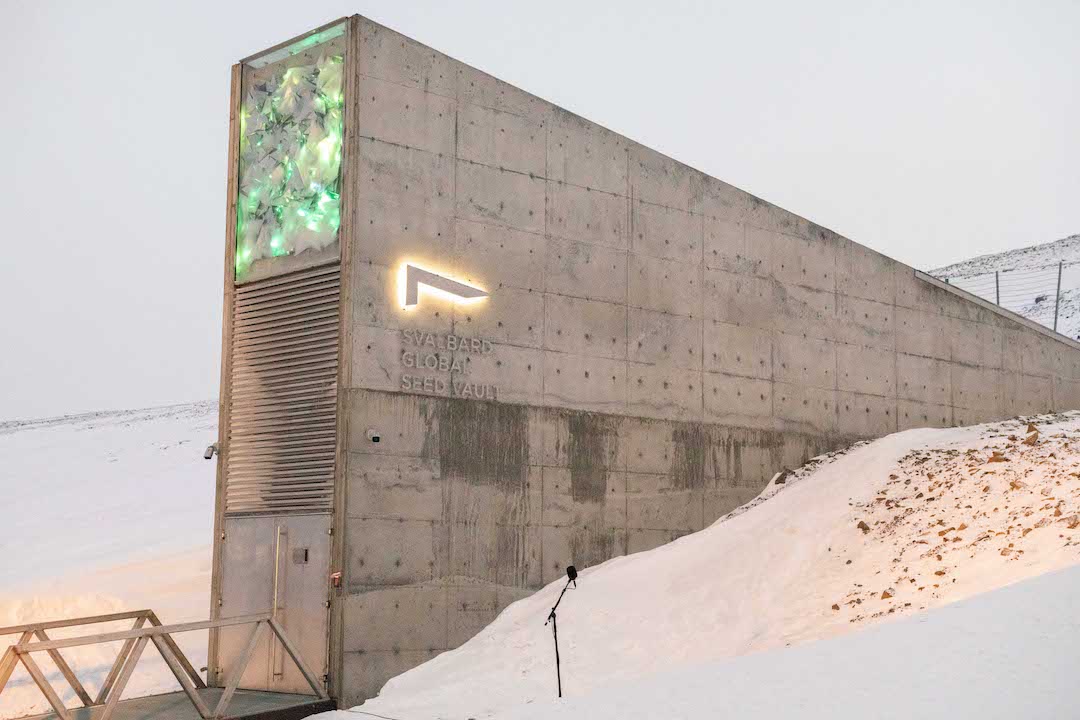
It’s unlikely one would ever chance upon the Global Seed Vault, tucked away in the remote wilderness of the Arctic Svalbard archipelago. But if that happened, you’d be forgiven for thinking it was a villain’s lair or something out of a sci-fi movie.
It turns out that the “doomsday” facility, which opened in 2008 but was never revealed to the public, is a seed vault where all of the world’s samples from over 12,000 years of agriculture are kept in case of a catastrophic disaster.
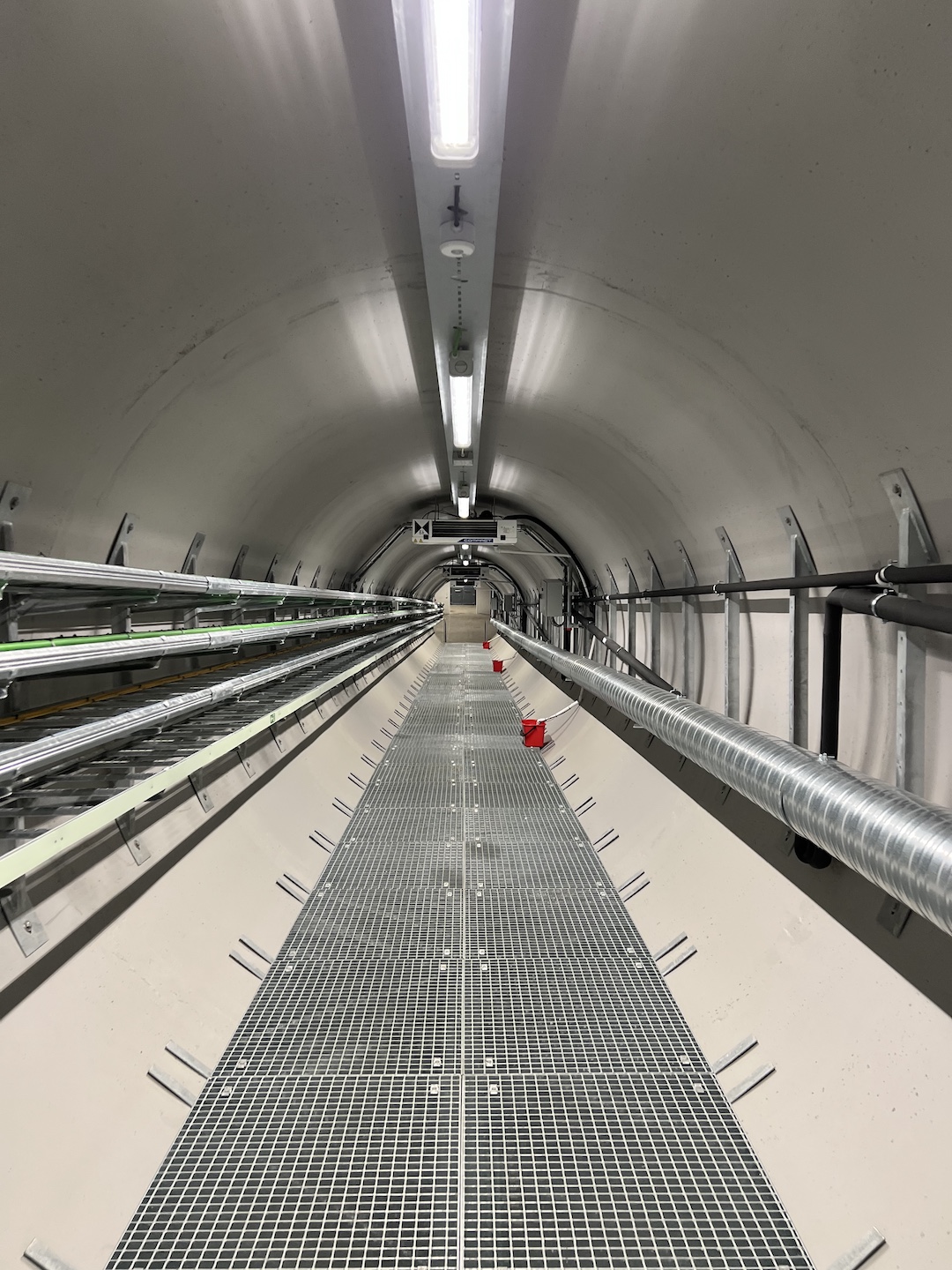
Now, to commemorate the site’s 15th anniversary, the Global Seed Vault is finally giving the public a glimpse into its mysterious collection of tubers, grains, and myriad seeds—which could very well be the saving grace should species of crops be lost to a climate crisis or worse.
According to PetaPixel, the virtual tour was created in collaboration with UK-based firm The Virtual Tour Experts. Upon “entering” the site, guests will be greeted with a drone shot of the Seed Bank’s entrance in both day and night, with another angle showing how it looks from the ground.
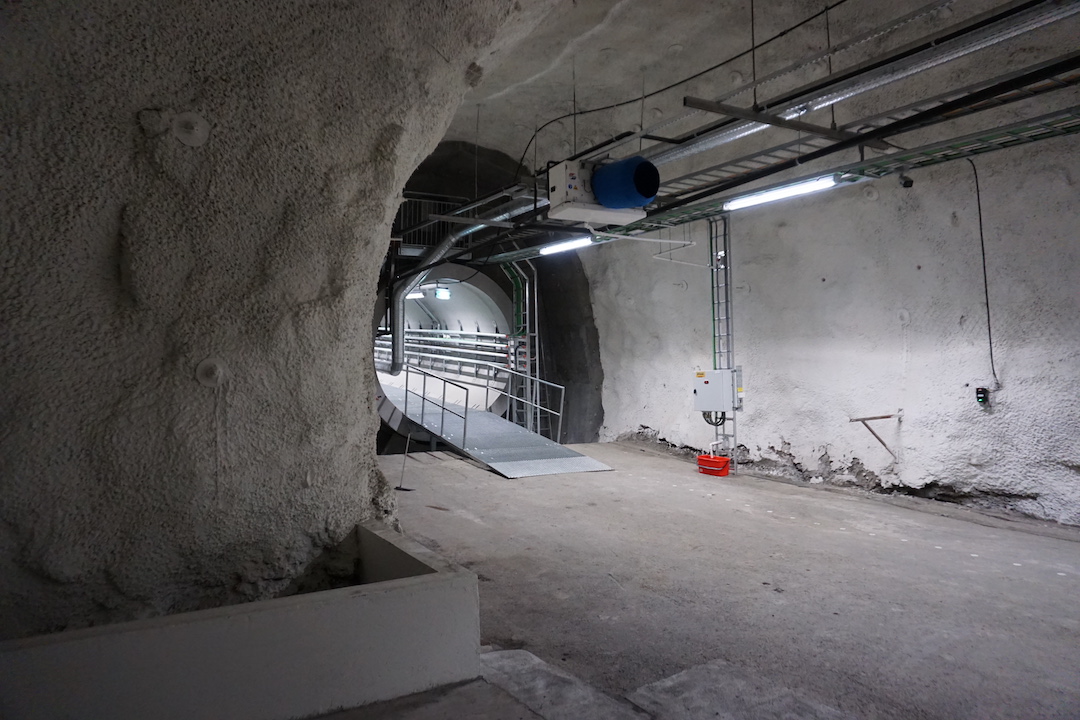
Visitors can then move through underground tunnels that lead to ‘The Cathedral’—the main place in the facility where the grains and seeds are kept. Its nickname stems from the three chambers’ high ceilings, each of which stores an estimated 3,500 boxes from countries all over the globe.
As per The Guardian, the tour allows users to look along the shelves to find a box from their country, and click on it to reveal more information. In total, there are about 624 million seeds within the chambers’ confines, though the site can accommodate up to 2.5 billion.
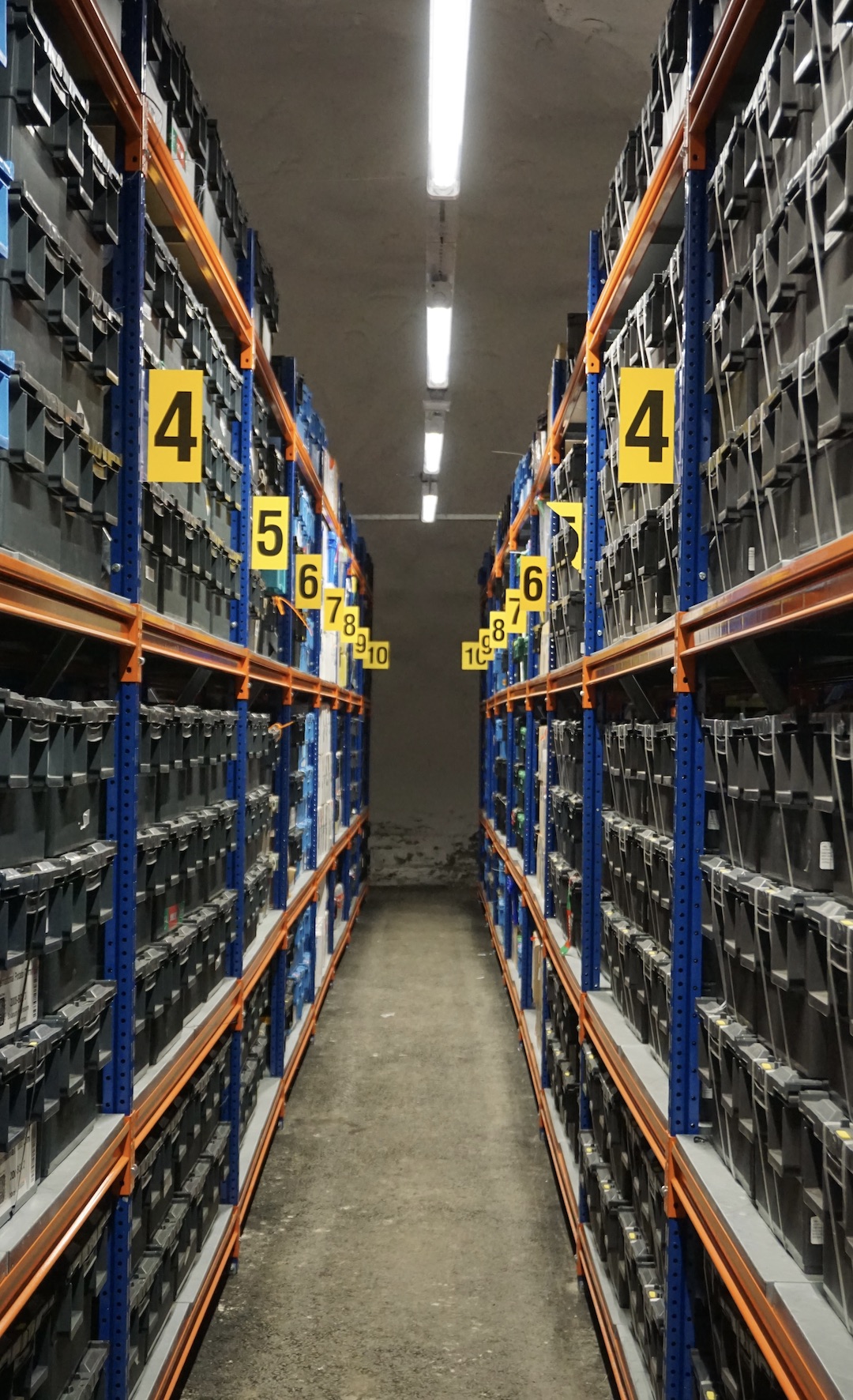
Stefan Schmitz, Executive Director of the Crop Trust, told the publication that the virtual tour not only allows everyone to take a glimpse inside the Seed Bank but also provides “transparency and accountability to the broader public.”
Calling the collection “one of the most important global public goods” on Earth, he highlights the utmost need to protect and secure these seeds, ensuring they are “conserved in perpetuity.”
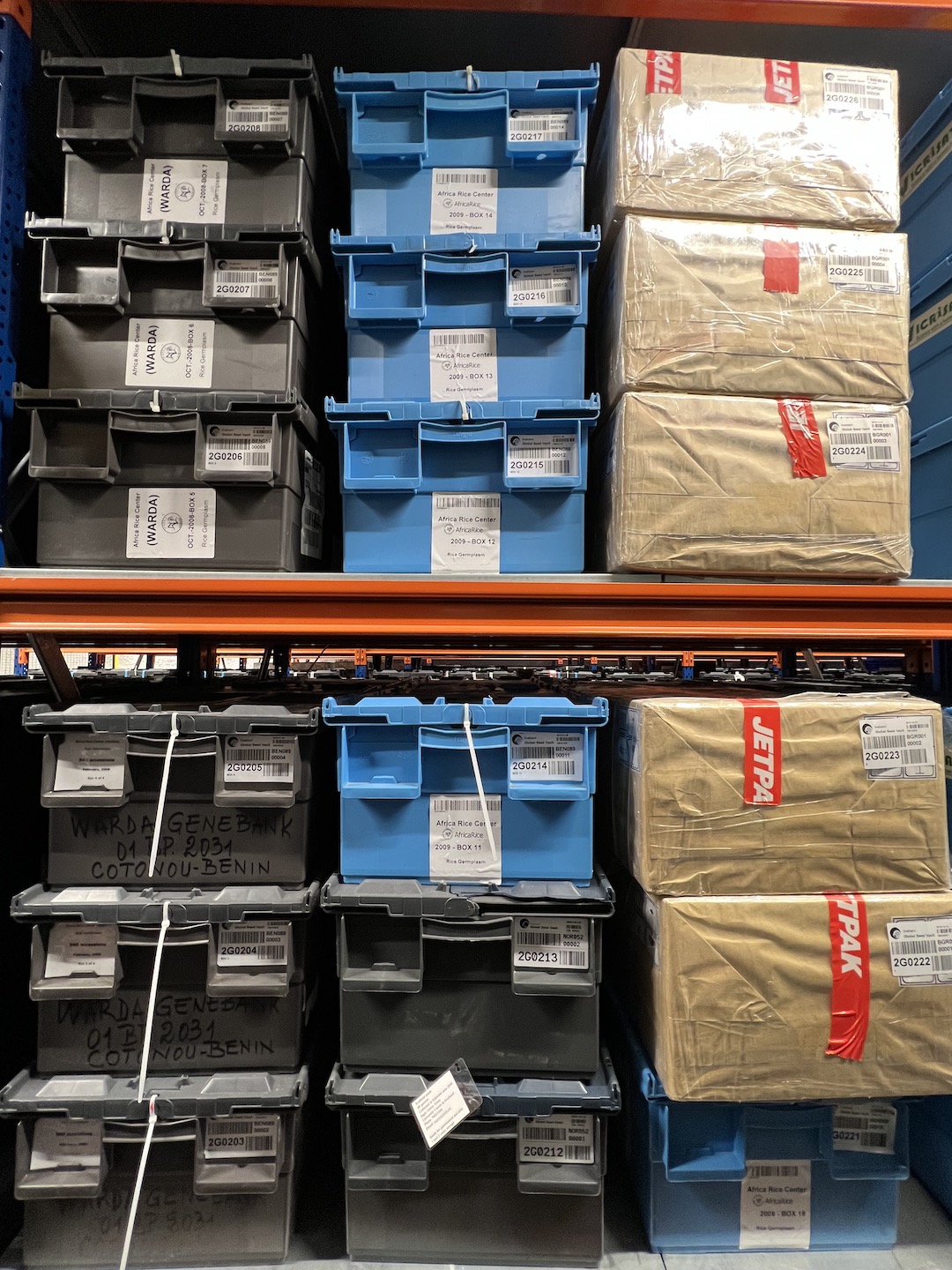
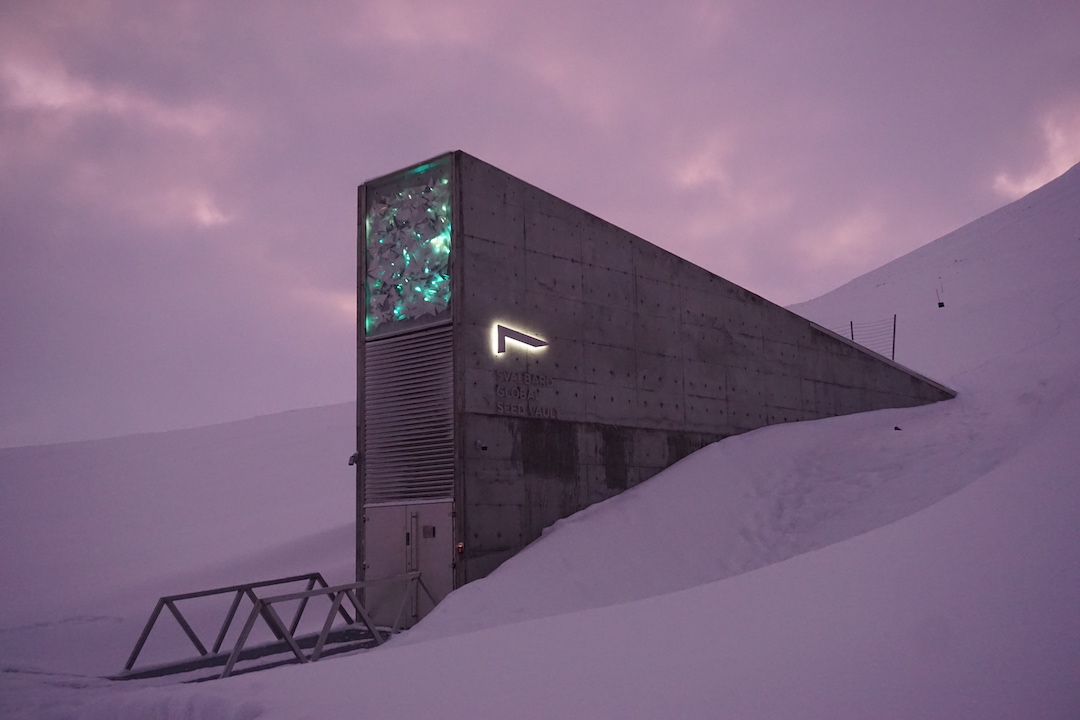
[via PetaPixel and The Guardian, images via Crop Trust]





